Swyambhunath Temple : The Money Temple with Mesmerizing Architecture
Swayambhunath Temple
Swayambhunath Temple,also called as a monkey temple has its name from the Sanskrit word which means “self-existing” This temple is Located on a small hill in the kathmandu valley named Swayambhunath Hill. This temple lies in the northwest of the Kathmandu Valley This holy place for both Buddhist and Hindu ,attracts thousands of Tourists from all over the world. According to Buddhist mythology, the greatness of this temple started from this structure. The two eyes lies on the top of the temple which makes it look like,it is watching over Kathmandu Valley from the top. This place is a must go place as you can have a panoramic view of valley from the top.
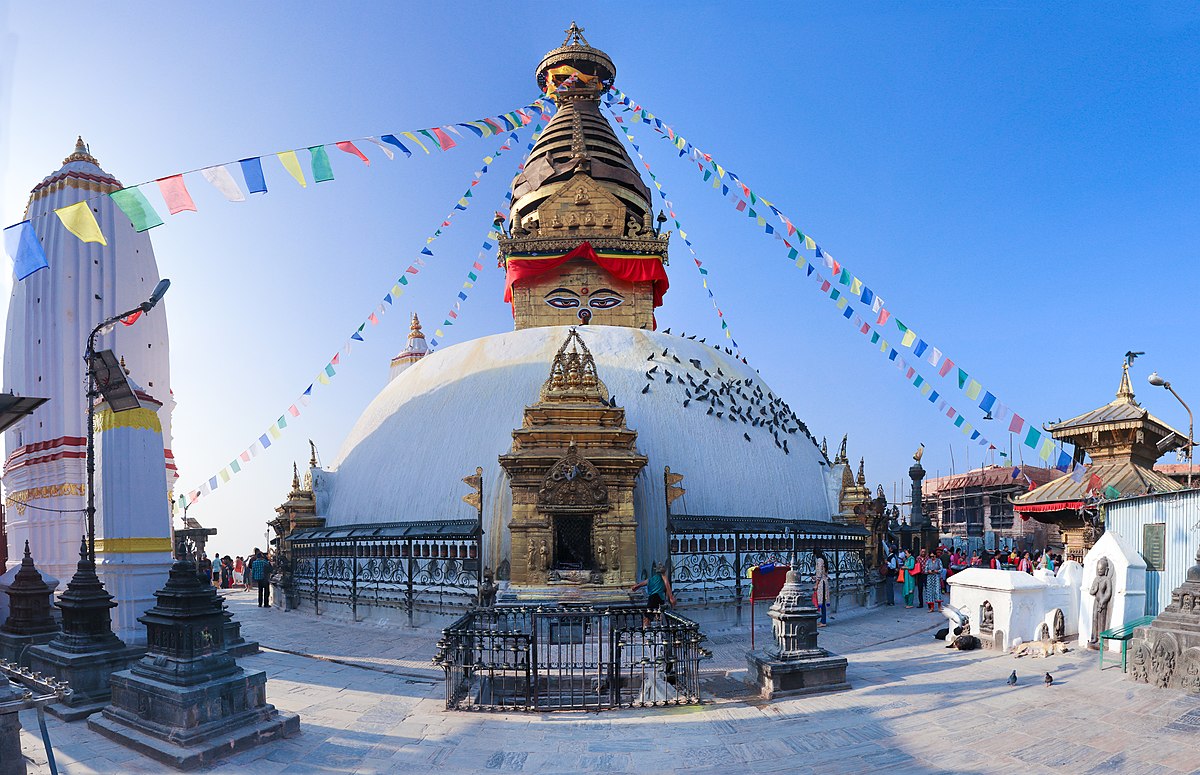
Swayambhunath Temple
The History of Swayambhunath Temple
Swayambhunath Temple is found 3 km to the west of Kathmandu. it’s one among the holiest Buddhist religious sites of the country. The hill was believed to be originated from a lake, which was located around the exact area where the hill is , around 2000 years ago. This temple was built in 460 AD which has its proof written in the inscription found in 460 AD .Thus, it’s assumed that the temple has been within the location since 460 AD or before that. Renovation works were made during 7th century. it’s said that there wont to be a temple built by Emperor Ashoka in 3rd century BC, but was destroyed. there’s no concrete evidence for an equivalent . it’s said that King Manadeva built this temple. By 13th century, this temple became a crucial Buddhist pilgrimage site.
Later, in the year 2010, the structure was rejuvenated and reconstructed , around 1500 years after the construction. Swayambhunath Temple has been standing tall since past 1500 years .The dome of the stupa was re-gilded using gold (20 kg). However, a couple of regions of the temple were destroyed by lightening strike in 2011 and earthquake in 2015.
Swayambhunath Temple : Mythology
According to legends, Swayambhu means ‘self-existing’. The traditional river suddenly had a lotus flower at bloom within the middle of it. Gradually the flower started spreading through the river and all over the valley. An outsized illusion of Sakyamuni Buddha was seen on top of the lotus.Manjushri, who came in search of the place saw that illusion.Capitol Hill was raised from the river by Manjushri, a Bodhisattva of learning and wisdom. consistent with the etiquettes of bodhisattva, he should keep his hair short and clean. However, he infected with lice as he started growing his hair down . it’s said that these lice jumped out and have become monkeys. Thus, Capitol Hill is filled with monkey. And known as monkey temple.

Swayambhunath Temple
Swayambhunath Temple : The Architecture
The base of this stupa is cube shaped. On all four sides, there’s a pentagon shaped Toran. On all sides of the stupa, a pair of eyes is present. this means that the God is omnipresent. Above each pair of eyes, there’s another eye, which is that the eye of wisdom. there’s Panch Buddha (five Buddhas) on all sides of the stupa. Walk a past the steps resulting in the temple and you’ll find two lion statues guarding the doorway . This staircase is that the most recommended route that pilgrims fancy enter the stupa, on foot. However, if you’re able to drive to the side of the stupa, you’ll find another entrance; with lesser steps.
In Swayambhunath Temple At rock bottom of the staircase on the eastern side, there’s an out sized gate with 12 feet tall Tibetan prayer . it might take two strong people to maneuver the wheel. for each revolution, a bell sound is heard. Numerous small wheels are there at the gate of the temple where you can spin them,These wheels are scripted with the spiritual carvings . Right before the steps , you’ll find three 17th century Buddha statues. These statues are worshipped by women. Along the steps , you’ll find many inscribed Tibetan stones. you’ll also spot small shops where merchants sell such stone replicas to tourists. the steps will take you thru forest region inhabited with numerous monkeys.
The main stupa building may be a white domed structure. The stupa is crammed with numerous statues and artifacts. From the tower, you’ll find a 13 level golden spire. The covering on top of the spire consists a bowl which is filled with precious stones and gems .There are numerous other shrines around this main building. all was donated by kings and other political figures.
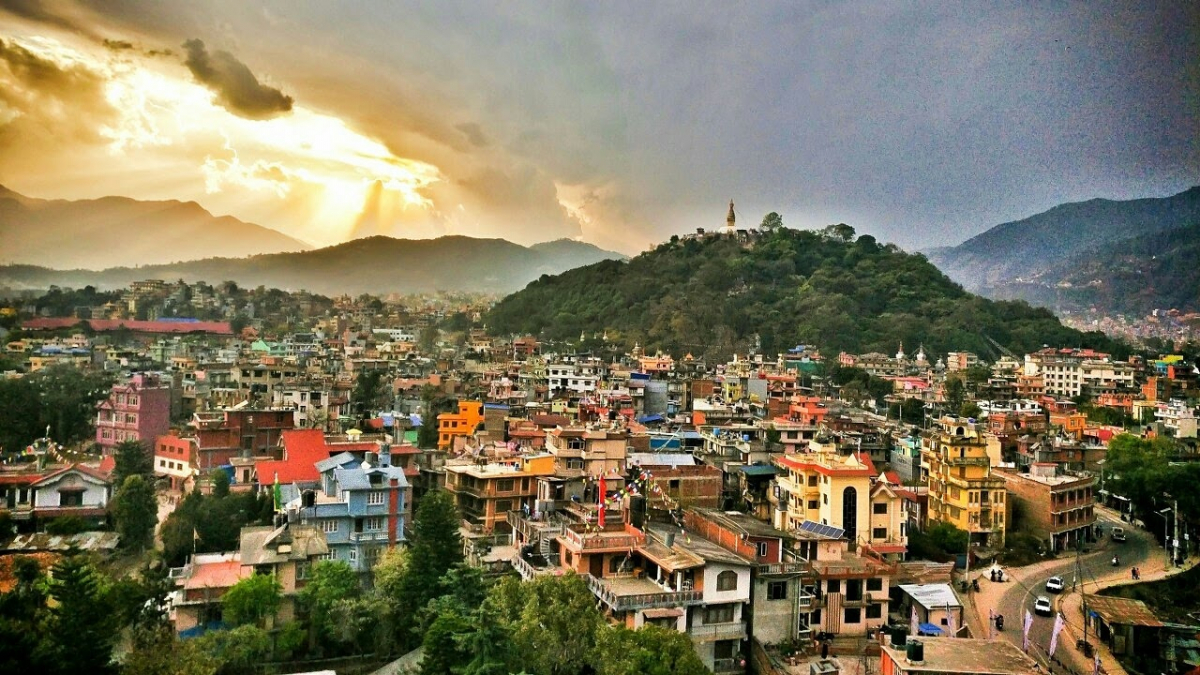
Swayambhunath Temple
Swayambhunath Temple : Tourists Attraction
Before sunrise, you’ll find thousands of pilgrims walking up the 365 steps to the highest of Capitol Hill . aside from the most white domed stupa, there are numerous other structures around it.
1. Harati Devi Temple
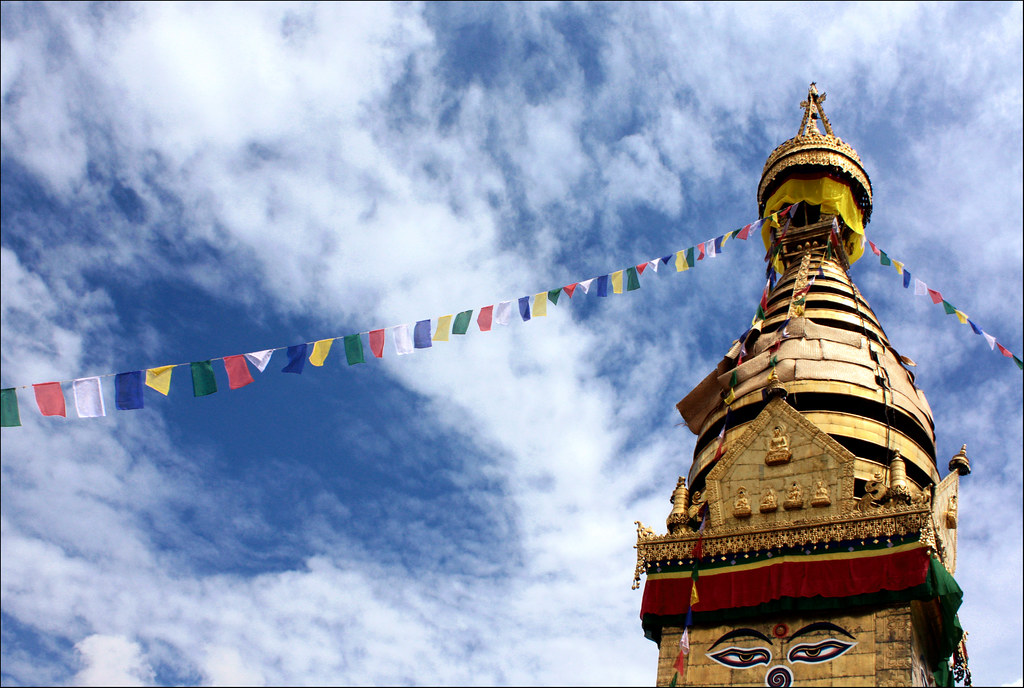
Swayambhunath Temple
This is a notable temple of the structure. This temple is devoted to Hindu Goddess, Harati, the eradicator of smallpox. This shrine may be a brick pagoda. Women and youngsters visit this structure for seeking blessings. The 19th century statue is praised as deity. Bread and rice are served to the god.
2. Shantipur
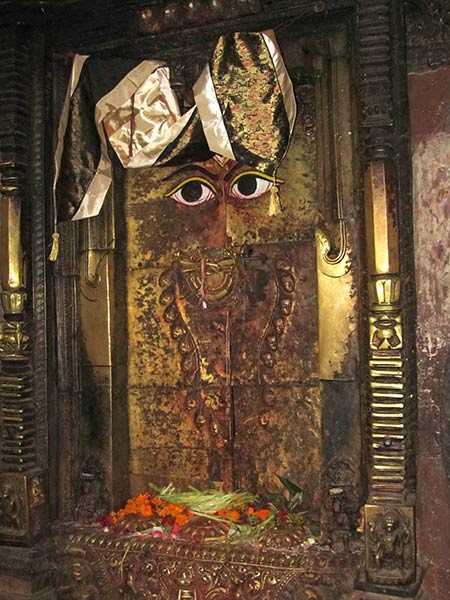
Shantipur
This is a box shaped temple, which is claimed to contain a living man, who has been there for 1500 years. it’s said believed that Shanti Sri has put himself inside a vault and locked under the temple since 5th century.It is also believed that he has taken a vow that he would not come outside the vault, until he’s needed by the Kathmandu valley. He’s believed to be during a mystic living state. In 17th century, when the valley of Kathmandu was in drought , the king of the region, Partap Malla visited this chamber. He mentioned that he had to travel through several underground rooms crammed with frightening elements like snakes, hawks, ghosts .Within the last room, the king found the saint alive and meditating. The saint gave a relic, which the king brought back to the dominion , leading to immediate rain.
3. Pratapur and Anantapur
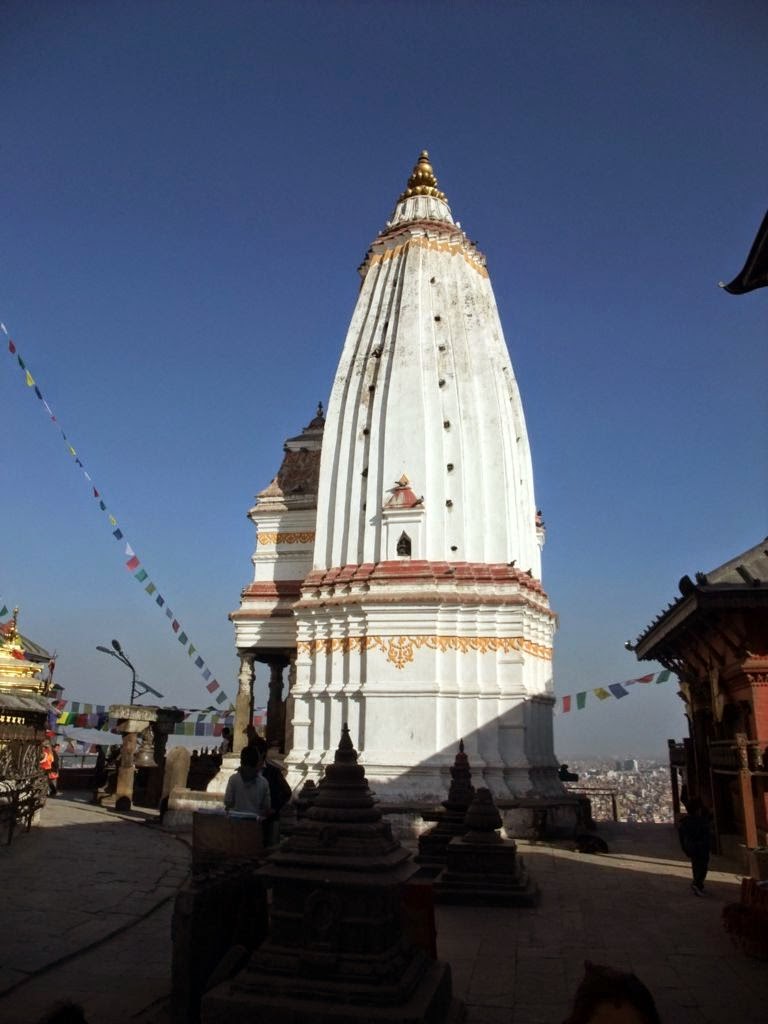
Anantapur
These are two temples within the shape of a bullet. These are found on the either side of the stupa. King Pratap Malla built these temples in 17th century, as a donation for his victory of Tibet. There’s a twin bells ahead of the temple, which has inscriptions about his victory.
4. Shree Karma Raj Mahavihar
This is a lively monastery located within the northeast corner of the temple complex. These monks perform rituals every evening at 3 pm or 4 pm in the monastery.
5. Vajra
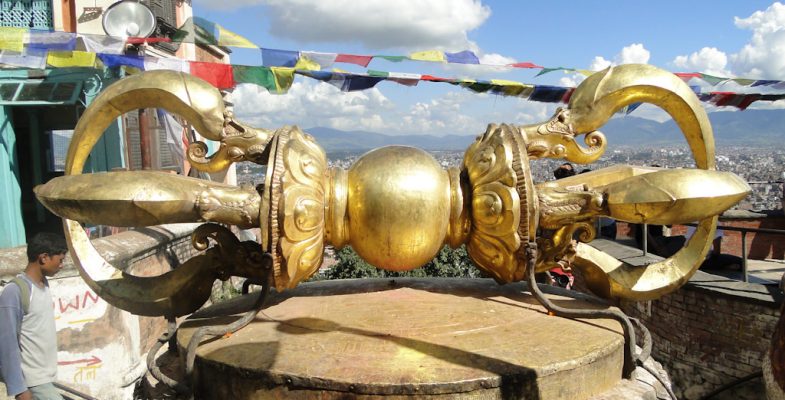
On the side of the stupa there’s a Dharmadhatu mandala. On it, the priestly symbol, the gold plated Vajra is placed. this is often the long-lasting Vajrayana Buddhism’s symbol.
Visiting Time
Open from dawn to dusk. The temple is open throughout the week.
Entry Fee
There is no constraint to visit this temple. People of any creed or religion can visit this temple.
Entry fee for foreigner – NPR 200 per head
Entry fee for SAARC citizens – NPR 50 per head
Entry fee for locals – free to visit
Children below the age of 10 are free to enter
Comment Here!